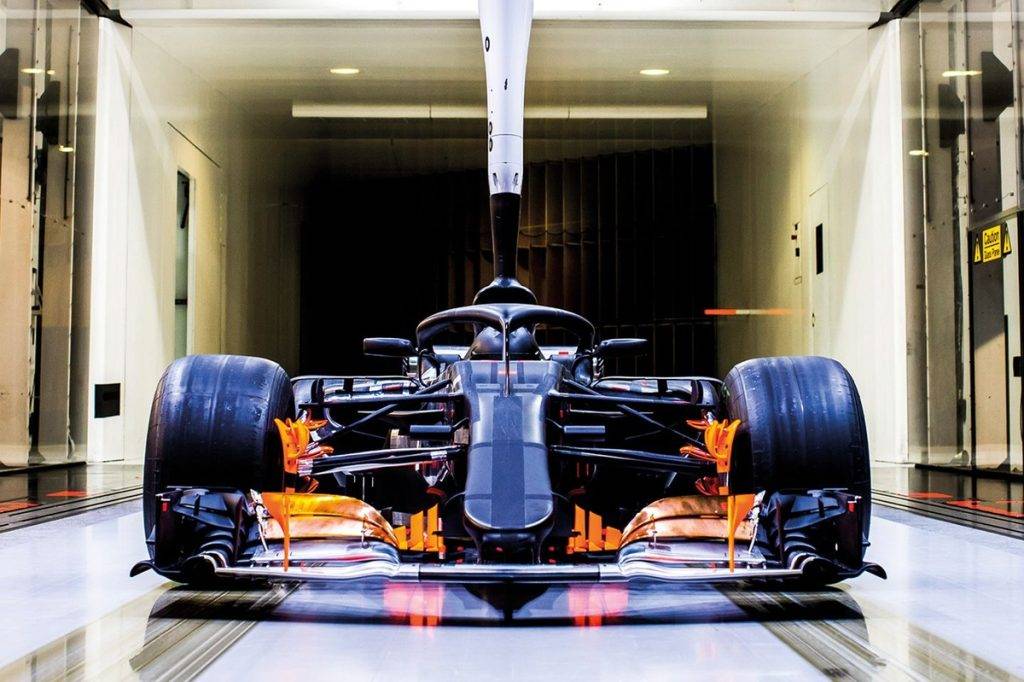F1‘s Aerodynamic Testing Reset: Winners and Losers Revealed
Formula 1‘s latest aerodynamic testing reset brings significant changes to team allowances as the championship prepares for new regulations in 2026. Among those affected, Alpine looks set for a boost, while Williams faces a significant setback. With the sliding scale of testing allowances based on current standings, the stakes are higher than ever as teams gear up for the second half of the 2025 season.
Winners and Losers from the Reset
Winner: Alpine
Alpine, currently languishing at the bottom of the constructors’ standings, stands to gain considerably from the reset. With an increase to 115% of the testing allowance, they are now permitted 368 wind tunnel runs and 2,300 CFD tests. This new opportunity offers a lifeline for the struggling team, as they must decide whether to salvage their 2025 season or focus on the new regulations for 2026.
Loser: Williams
Williams, despite a promising start to 2025, has been dealt a harsh blow. Climbing from ninth to fifth in the standings means their testing time has been cut to 90%. The team will now have only 288 wind tunnel runs and 1,800 CFD tests left in their Arsenal, making it critical for them to strategize effectively in the coming months.
Impact of the Aerodynamic Testing Reset
How the Sliding Scale Works
The aerodynamic testing reset is governed by a sliding scale introduced in 2021. This framework was designed to balance competition among teams: the championship leader faces a 25% reduction in testing time, while the team at the bottom benefits from a 15% increase. The baseline allows teams 320 wind tunnel runs and 2,000 CFD tests over a two-month period, crucial for ongoing car development.
Implications Ahead of New Regulations
As Formula 1 prepares for revolutionary changes in 2026, the reset of aerodynamic testing promises to have lasting effects. Teams must quickly adapt their strategies to maximize their testing allowances, which could shape their performance well into the new regulation era.
Other Notable Changes
Mercedes and Aston Martin
Mercedes has suffered due to its recent rise in the standings, now granted only 75% of the testing allowance, which equates to just 240 wind tunnel runs. Conversely, Aston Martin will benefit from moving down to eighth place, gaining a 105% allowance with 336 wind tunnel runs—a golden opportunity for development.
Consistency Across the Grid
For teams like Mclaren and Ferrari, changes remain minimal. McLaren retains its position at 70% of the testing allowance, while Ferrari and Red Bull, moving down one spot each, will see slight increases in their wind tunnel runs as they adapt to new constraints.
The Road Ahead
As the grid watches closely, the upcoming months are critical. Teams are charged with navigating these new testing limits, all while the looming specter of ground-breaking regulations for 2026 will demand innovation and adaptability. As we approach the second half of the 2025 season, only time will tell which teams will leverage their new advantages effectively.


